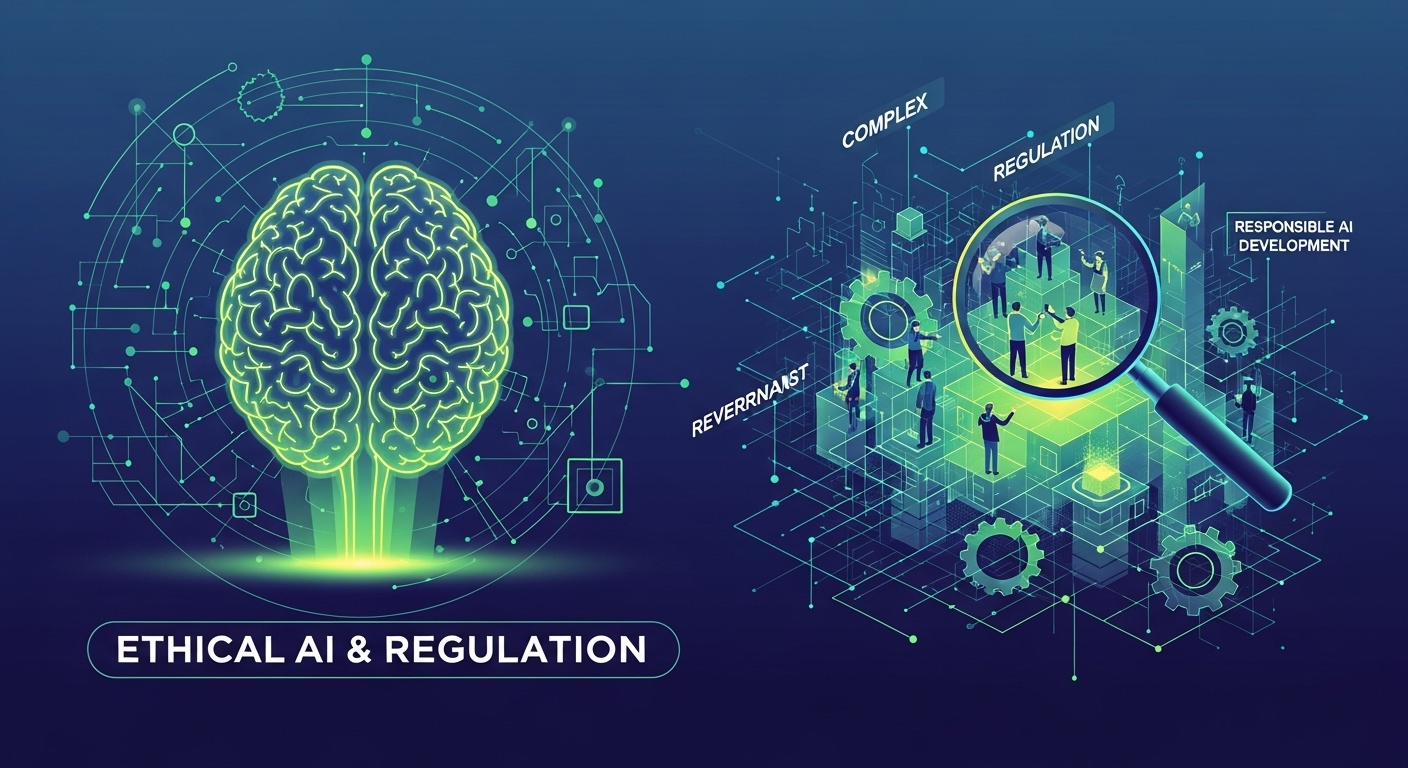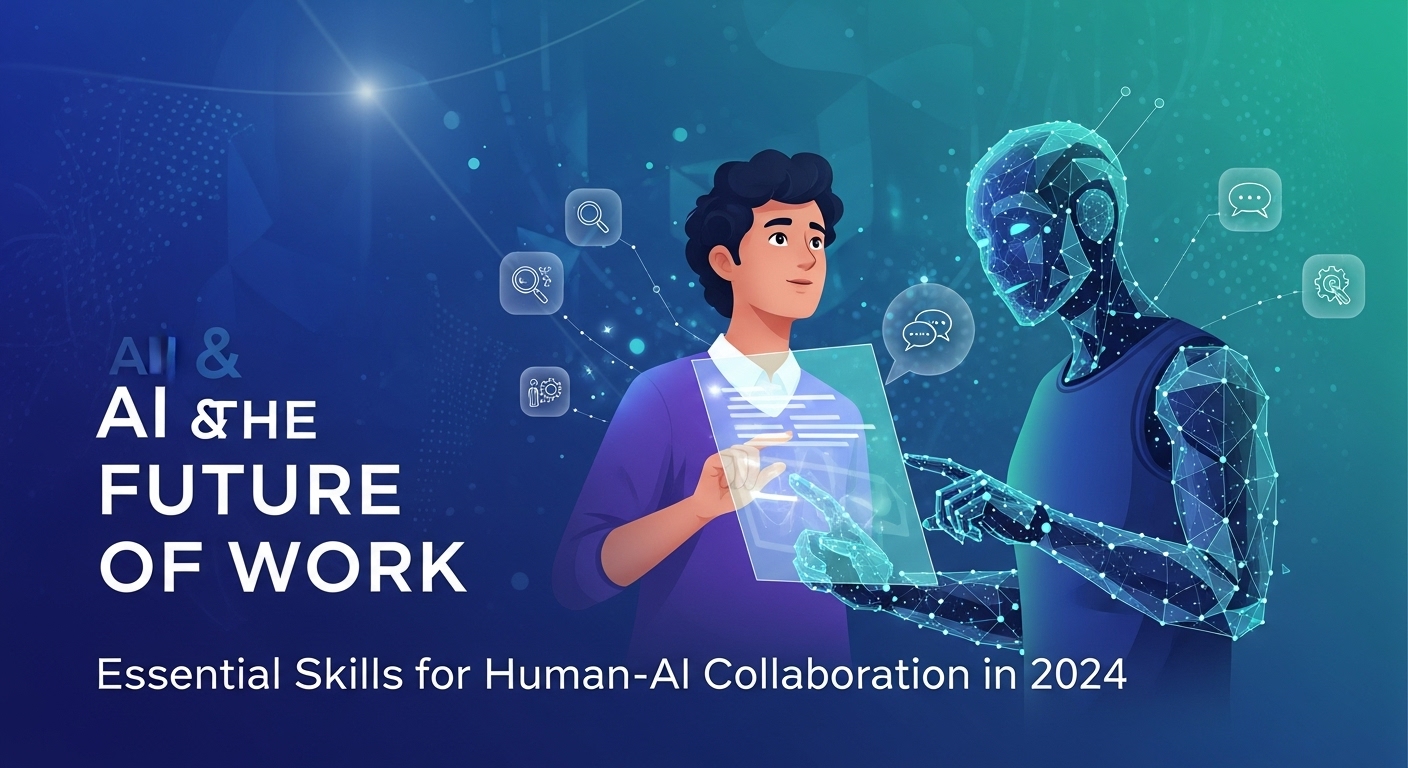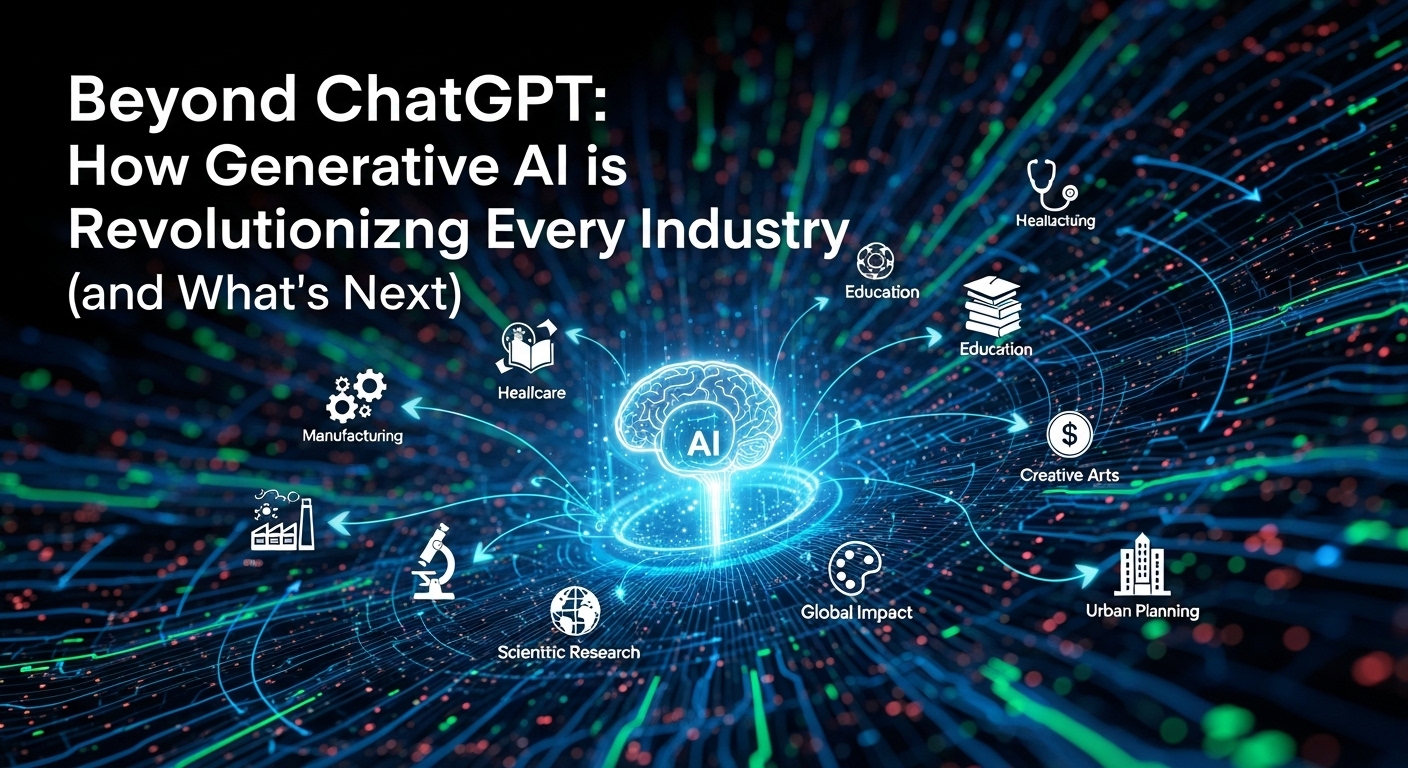The Dawn of the AI Accountability Era
For years, the conversation around artificial intelligence was dominated by a sense of boundless possibility. We marveled at AI’s ability to master complex games, generate stunning art, and accelerate scientific discovery. But as AI systems become more deeply integrated into the fabric of our society—making decisions about loan applications, medical diagnoses, and even criminal justice—the narrative is shifting. The central question is no longer just ‘What can AI do?’ but rather, ‘What should AI do?’ Welcome to the era of AI accountability, where ethics and regulation are moving from the periphery to the very core of AI development. This complex, evolving landscape is one of the most significant ai & tech trends of our time, demanding a new level of responsibility from creators, businesses, and policymakers alike.
Why Ethical AI is No Longer an Optional Extra
Treating AI ethics as an afterthought is a luxury no one can afford. The potential for harm is too great, and the cost of public trust, once lost, is nearly impossible to regain. Responsible AI development is now a critical pillar for sustainable innovation and social acceptance. Several key factors underscore this urgency.
The Trust Deficit: Winning Over the Public
Trust is the currency of the digital age. If people don’t trust an AI system, they won’t use it, and its potential benefits will go unrealized. High-profile failures, such as biased facial recognition systems misidentifying individuals or autonomous vehicles involved in accidents, have sown seeds of public skepticism. Building trust requires a proactive commitment to ethical principles. It means being transparent about how an AI system works, what data it was trained on, and what its limitations are. Without this foundation of trust, even the most technologically advanced AI will fail to achieve widespread adoption.
Bias in, Bias Out: The Real-World Consequences
One of the most persistent challenges in AI is algorithmic bias. AI models learn from data, and if that data reflects historical or societal biases, the AI will learn and often amplify those same prejudices. The consequences are profound and deeply human. We’ve seen AI-powered hiring tools that penalize female candidates because they were trained on historical data from a male-dominated industry. We’ve seen risk assessment algorithms in the justice system that unfairly flag minority defendants as being at higher risk of reoffending. The ‘bias in, bias out’ principle is a stark reminder that technology is not neutral; it is a mirror reflecting the society that creates it. Addressing this requires careful data curation, rigorous testing, and a commitment to fairness as a design principle.
From Black Boxes to Glass Boxes: The Need for Transparency
Many advanced AI models, particularly deep learning networks, operate as ‘black boxes.’ We can see the input and the output, but the internal decision-making process is incredibly complex and opaque. This lack of transparency is a major obstacle to accountability. How can we trust a medical diagnosis from an AI if we don’t know how it reached its conclusion? How can a person appeal a loan rejection if the bank’s algorithm can’t explain its reasoning? This has given rise to the field of Explainable AI (XAI), which focuses on developing techniques to make AI decisions more understandable to humans. Moving from black boxes to ‘glass boxes’ is essential for debugging, auditing, and ultimately, trusting AI systems in high-stakes environments.
The Global Regulatory Patchwork: A Snapshot of AI Governance
As the importance of ethical AI becomes clear, governments around the world are scrambling to create legal frameworks to govern its development and deployment. However, there is no single global standard, leading to a complex and fragmented regulatory landscape.
The EU’s AI Act: A Risk-Based Approach
Leading the charge is the European Union with its landmark AI Act. This comprehensive legislation takes a risk-based approach, categorizing AI systems into four tiers:
- Unacceptable Risk: Systems that pose a clear threat to people’s safety and rights, such as social scoring by governments, are banned outright.
- High-Risk: AI used in critical infrastructure, medical devices, hiring, and law enforcement. These systems face strict requirements regarding data quality, transparency, human oversight, and robustness.
- Limited Risk: Systems like chatbots must be transparent, ensuring users know they are interacting with an AI.
- Minimal Risk: The vast majority of AI applications, such as AI-powered video games or spam filters, fall into this category with no new legal obligations.
The EU AI Act aims to set a global benchmark for AI regulation, much like the GDPR did for data privacy.
The United States: A Sector-Specific Strategy
The U.S. has taken a more decentralized, sector-specific approach. Rather than a single overarching law, regulation is emerging through existing agencies that govern specific industries like finance, healthcare, and transportation. The National Institute of Standards and Technology (NIST) has developed an AI Risk Management Framework, a voluntary guide to help organizations design, develop, and use AI systems in a trustworthy manner. This approach offers flexibility but risks creating an inconsistent and confusing patchwork of rules across different sectors.
China’s Ambitious AI Governance Framework
China has also been proactive, issuing a series of regulations focused on specific AI applications, such as algorithmic recommendations and deepfakes. Their rules often emphasize social stability and national security, requiring companies to align their algorithms with core socialist values. While different in its motivations, China’s swift regulatory action demonstrates the global consensus that unfettered AI development is not a viable path forward.
Key Pillars of Responsible AI Development
Navigating this complex environment requires a deep understanding of the core principles that underpin responsible AI. These pillars serve as a guide for developers and organizations aiming to build technology that is both innovative and ethical.
Fairness and Equity
This goes beyond simply removing bias from datasets. It involves proactively designing systems that lead to equitable outcomes for all user groups, especially those who have been historically marginalized.
Transparency and Explainability (XAI)
Stakeholders should be able to understand how an AI system makes its decisions. This is crucial for accountability, debugging, and building user trust, especially in critical applications.
Accountability and Governance
Clear lines of responsibility must be established. Who is accountable when an AI system causes harm? Organizations need robust governance structures, including ethics committees and impact assessments, to oversee their AI projects.
Privacy and Data Protection
AI systems are often data-hungry. Responsible development means adhering to data privacy principles like data minimization (collecting only necessary data), obtaining proper consent, and using techniques like federated learning to train models without centralizing sensitive user data.
Safety and Reliability
AI systems must be robust, secure, and reliable. They should perform as intended, be resilient to adversarial attacks, and have fail-safes in place to prevent unintended consequences, particularly in safety-critical systems like autonomous vehicles or industrial robotics.
Conclusion: Shaping a Responsible Future with AI
The journey toward ethical and well-regulated AI is not a simple one. It is a continuous dialogue between innovators, ethicists, policymakers, and the public. The challenges of bias, transparency, and accountability are complex, and the regulatory landscape will continue to evolve. However, inaction is not an option. For businesses and developers, embedding ethics into the entire AI lifecycle—from conception and data collection to deployment and monitoring—is no longer just good practice; it is a business imperative. For citizens and consumers, staying informed and demanding accountability is crucial. By working collaboratively, we can navigate this complex terrain and ensure that we are building an AI-powered future that is not only technologically advanced but also fair, transparent, and fundamentally human. This proactive engagement is essential to shaping the future of ai & tech trends for the better.


